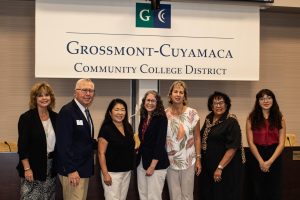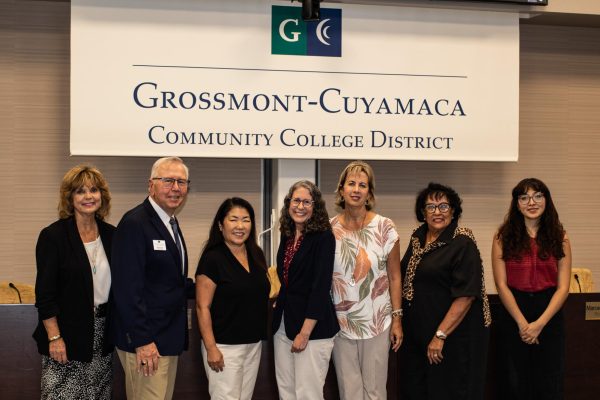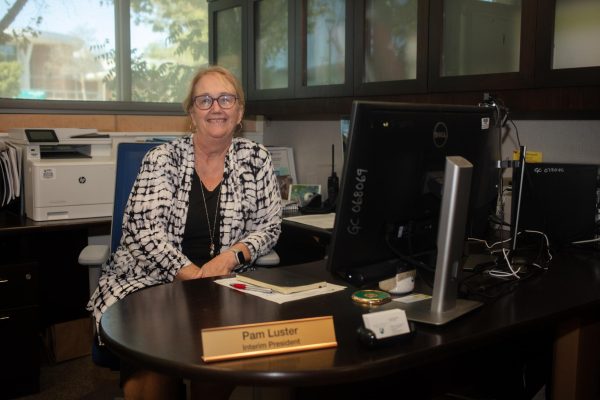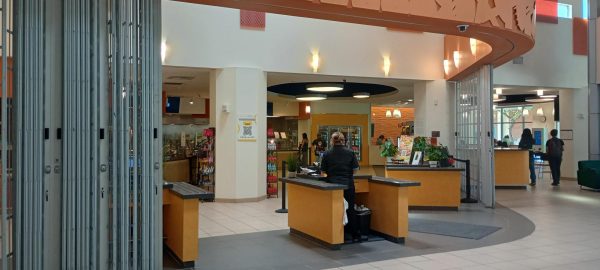New School, New State
Preparing to transfer from Grossmont to a university is not only an exciting milestone in a student’s educational path, but can also serve as a life- changing event, especially if transferring to an out-of-state institution.

November 9, 2018
The idea of change can be a terrifying reality to grasp since it’s so convenient to snuggle into a comfort zone. However, that same sense of fear can act as the motivation a student needs to transform from average to outstanding. The same rationality is involved while procrastinating on an essay or studying for a midterm; at times that extra stress is necessary to get a job done— just ask any student who has perfected the art of cramming.
While transferring to SDSU is by all means a superb accomplishment, some students, especially those who have lived in California for the majority of their lives, aspire to travel beyond the Golden State.
“To try something new, meet new people, experience another state and environment that the student is interested in, try out a new place to live before committing long-term, some may want a new experience or fresh start,” explained Sarah Moore, Grossmont College’s Transfer Center Coordinator/Counselor, listing the benefits of transferring out of state.
With so many colleges across the nation, the overabundance of information regarding transferring can easily become overwhelming and stress out a student. The Transfer Center, located in Student Resources and Administration (Building 10), provides information and counseling, among many other useful tools to aid students and offer
guidance, along with the Center’s website located on the grossmont.edu directory under “Transfer Center.”
Marco Manzano, a student employee at the center, offered advice for students transferring out of state, suggesting for the student to “do as much research as possible on their own, then come to the Transfer Center with questions and they can try to work out a plan with a counselor through a one-on-one appointment.”
Manzano is correct as there is no “one-sizefits- all” guide when transferring out of state. So where should a student start when researching?
A natural first step would be determining what major or field of study the student is interested in pursuing. This can help in narrowing which universities are highly regarded for providing degrees in that field. Links for various out-of-
state universities are listed on Grossmont’s website under “Transfer Center.”
When a student begins to narrow down schools, they should go on a research binge, searching for information like which Grossmont classes will transfer to that particular university and if an articulation agreement exists between
the prospective university and Grossmont.
When asked about the general steps a studentshould take when seeking to transfer out of state, Moore said: “Meet with a counselor. Counseling is offered in the Transfer Center, General Counseling, EOPS or ARC. It is important that the student ask whether an articulation agreement exists. I would also recommend that the student reach out to the Admissions Office at the campus(es) he or she is considering to establish a connection, build rapport and ask questions.”
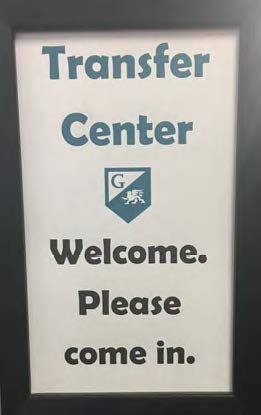
Counselors can drastically help interpret the language universities speak regarding admittance— for instance, the articulation agreements to which Moore referred. A plethora of information exists regarding articulation in the “Transfer Center” section of grossmont.edu, including this: “Successful completion of an articulated course assures
the student and the faculty that the student has taken the appropriate course, received the necessary instruction and preparation and is ready to progress to the next level.”
This (technically) is different compared to classes that “transfer” from junior college to a university. While researching articulation is high on the priority list for any student seeking to transfer from Grossmont, out-ofstate
students must also take into consideration “out-of-state fees” that exist when a student attends a school without being a resident of that state. This cost can get pretty pricey depending on the state to which one
is hoping to transfer.
According to statistics provided on bigfuture.collegeboard.org, in-state students who attend a public four-year college pay roughly $9,400 on average yearly for tuition and fees. On the other hand, out-of-state students attending the same college cough-up roughly $24,000 yearly— quite the staggering difference.
Despite the hefty numbers, these “sticker prices” should not discourage a student from attempting to transfer out of state, as programs such as financial aid and Western Undergraduate Exchange (WUE) offer assistance in lowering fees. Counselor Moore explained WUE more in depth: “ affords eligible students the opportunity to pay a discounted out-of-state tuition at participating colleges/universities in participating programs.
“Actual costs will depend on college/university and program,” she continued, adding to visit the exchange’s
website at wiche.edu/wue.

Accounting for tuition and fees is exhausting enough, so students transferring out of state must also research and
plan accordingly when it comes to residence. While this part of the research process can be exciting, it can also become overwhelming as no reality check is harder than attempting to rent an apartment in an unknown land. Dorms can also remain an option as well, especially for the transferring student longing for that traditional college experience.
Lastly, Moore offered her advice not only to students transferring out-of-state, but also students transferring
within California: “Meet with a counselor and connect with Admissions Representation from that college/university early and often. Plan ahead! Do your homework—ask questions regarding the transfer process and requirements in order to get the information needed. Read the university’s website carefully for transfer info and if/when possible, visit the campus to make sure it is a good fit!”
Similar to many challenges in life, transferring can be a tedious process, but with persistence, determination and
some assistance, any student will be able to proudly pursue their dreams.



